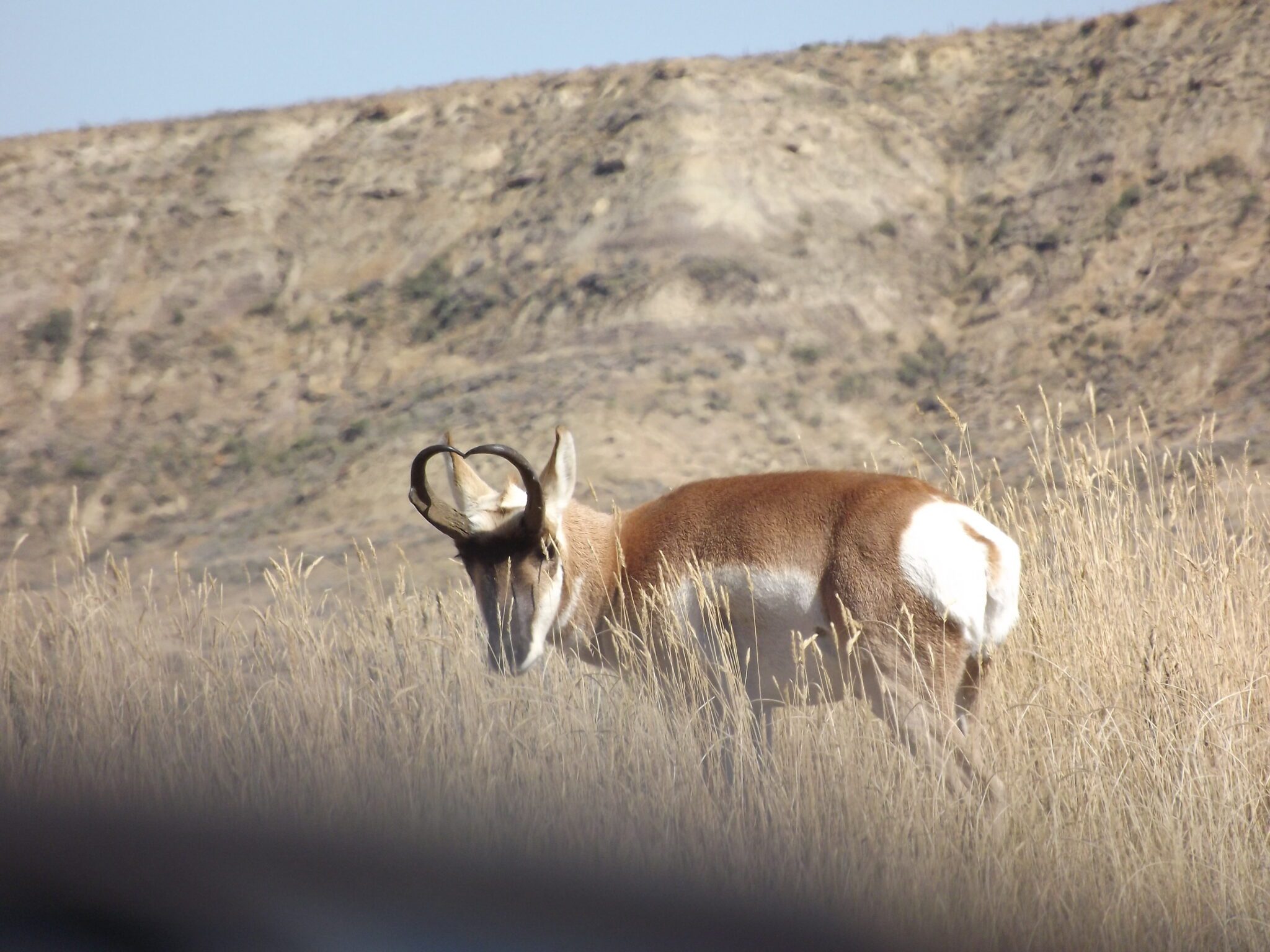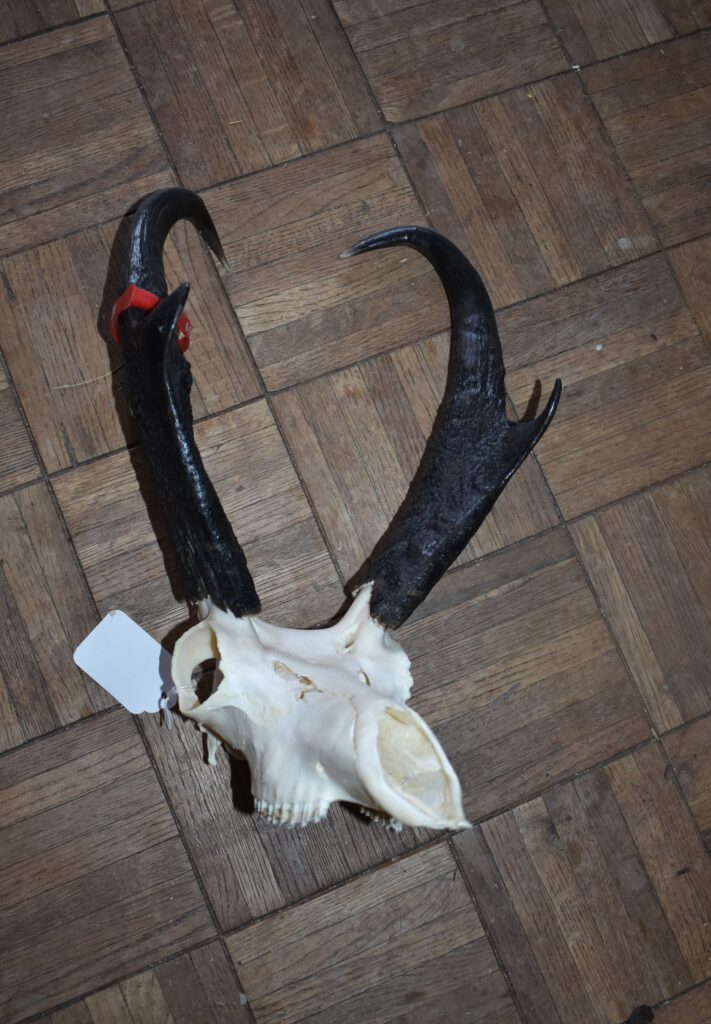News
Field Care of a Trophy Game Head

As October 1 is the start of rifle season for deer and antelope in many areas of Sheridan and Johnson County, many hunters are taking to the field to try for that trophy animal. Once you have downed that big buck or six-point bull elk you are excited to think about how the trophy will look displayed on your wall. But how do you take care of the head between the field and the taxidermist to give it the best possible chance of looking great?
For starters, when you gut the animal, do not cut up the brisket, stop cutting a few inches back of the front legs. With pronghorn antelope and dall sheep, be as careful as possible not to get the hide bloody. Blood is hard to wash out of the white hair.
This is just a quick primer on caping. If you have never done a ‘partial cape’ on a game head before, ask the taxidermist or check out internet sites to make sure to make the right cuts so there is enough hide on the cape for a good mount. This is especially important when skinning out a life-size mount to make sure the cuts are done correctly.
Once the animal is gutted, taking the partial cape is easier if the carcass is hung up by his hind legs from a tree or on a rail, such as in a meat packing facility. It can be done on the ground or when the animal is in the back of a pickup, it is just more difficult.
Make a cut between the brisket and the inside of the front legs, cutting around the leg and leaving about 2 inches of skin on the front of the leg. Cut around the body, behind the shoulder blades, making sure the hide is even all around. A sharp knife leaves a cleaner cut, and avoid ‘sawing’ on the hide.

Once this cut is made, take the knife and open a cut behind the ears then cut up, going with the hair, to make a long cut down the back of the neck to connect with the cut around the body.
Continue skinning around the neck and shoulders, and avoid cutting the hide. When you expose the head/neck junction, cut into the neck approximately three inches down from this junction. Cut around the neck, being careful not to cut the hide, down to the spine, and taking the head by the horns, twist the head off the body.
Leave the head inside the hide and take it to the taxidermist. Don’t try to cape the hide off the head unless you know how. Cuts around the eyes and the nose are difficult for the taxidermist to fix.
A few other tips when preparing your cape.

Take the head as soon as possible to your taxidermist. Hides spoil quickly in warm weather, and the cape fits better if it is the actual cape for the set of horns. For some animals, like big horn sheep and mountain goats, capes can be difficult to find and expensive. If you can’t get it to the taxidermist within a day or two, freeze the head.
Do not salt the hide!! The taxidermist will do that when the hide is skinned completely off the head.
Unless absolutely necessary, do not put the hides in a cooler on ice. If you have to do that, lay some papers between the cape and the ice, and drain the water periodically to keep the hide from getting wet as the ice melts.
If you plan to do a skull mount, also known as a European mount, you can cape the hide off completely, or cut the excess hide off at the neck. Again, either freeze the head or take it in immediately. No one likes to deal with a head covered in rotting meat.

Using these tips, your taxidermist can do his job easier and deliver a trophy that you can be proud of for years to come.

